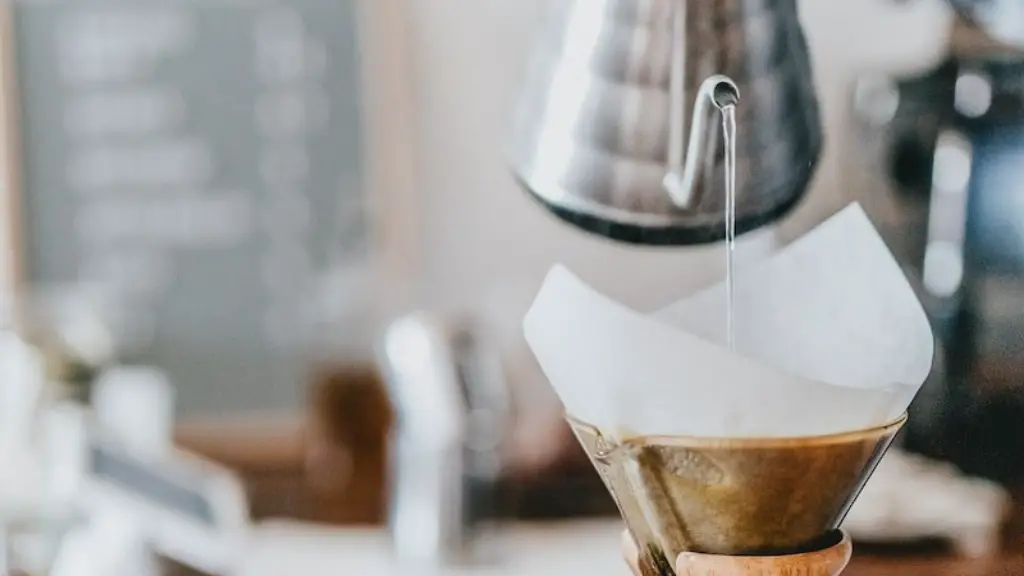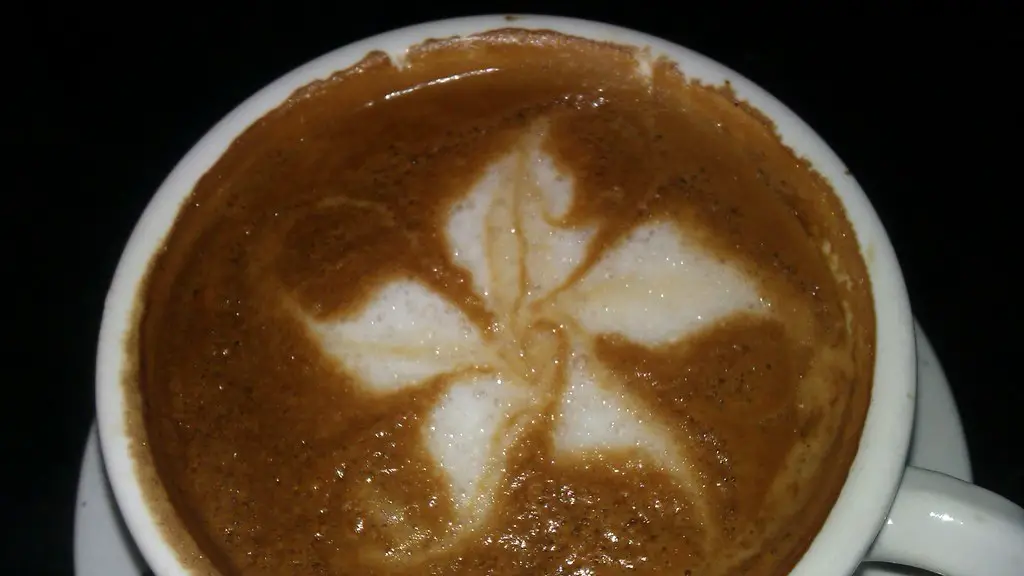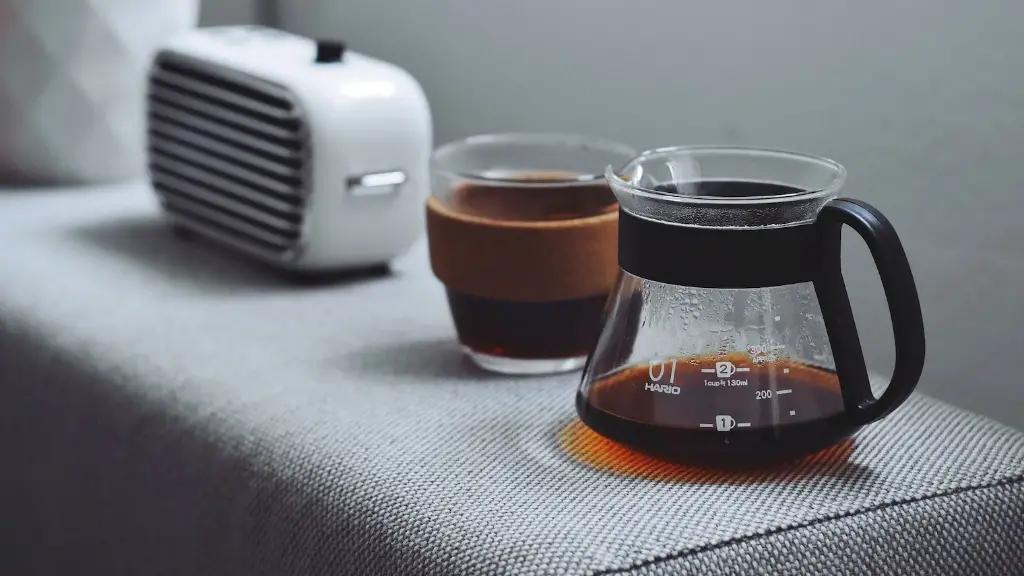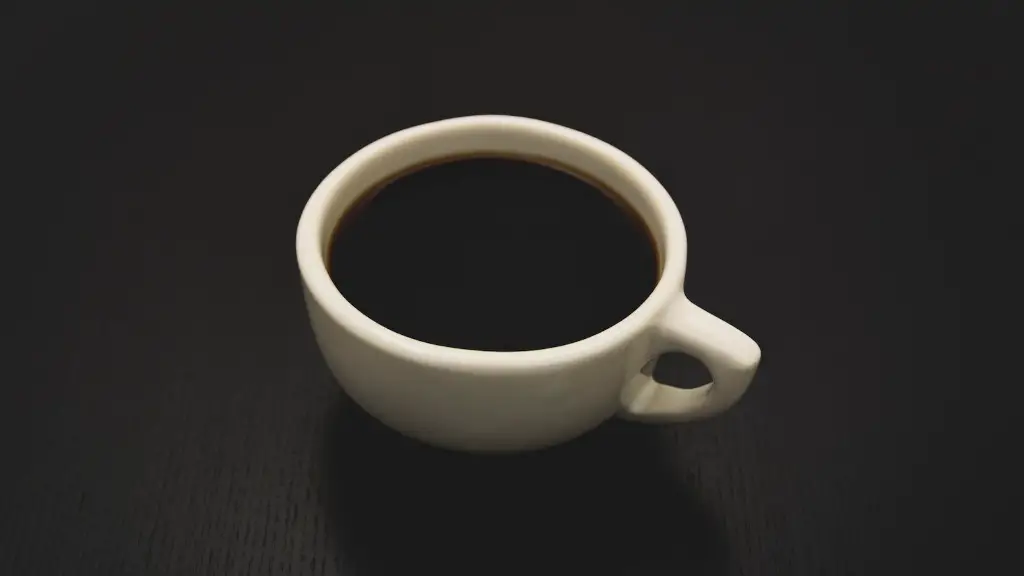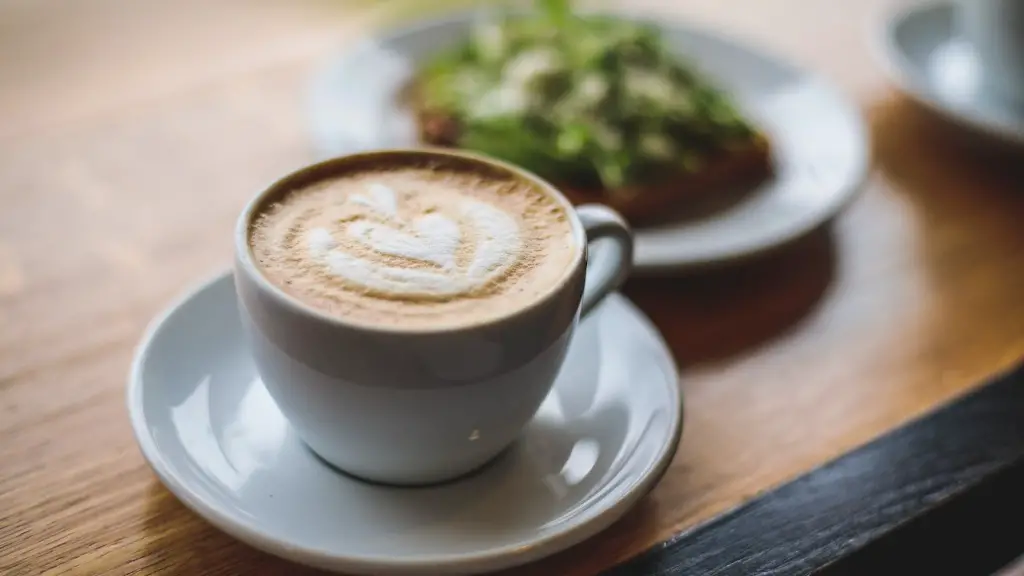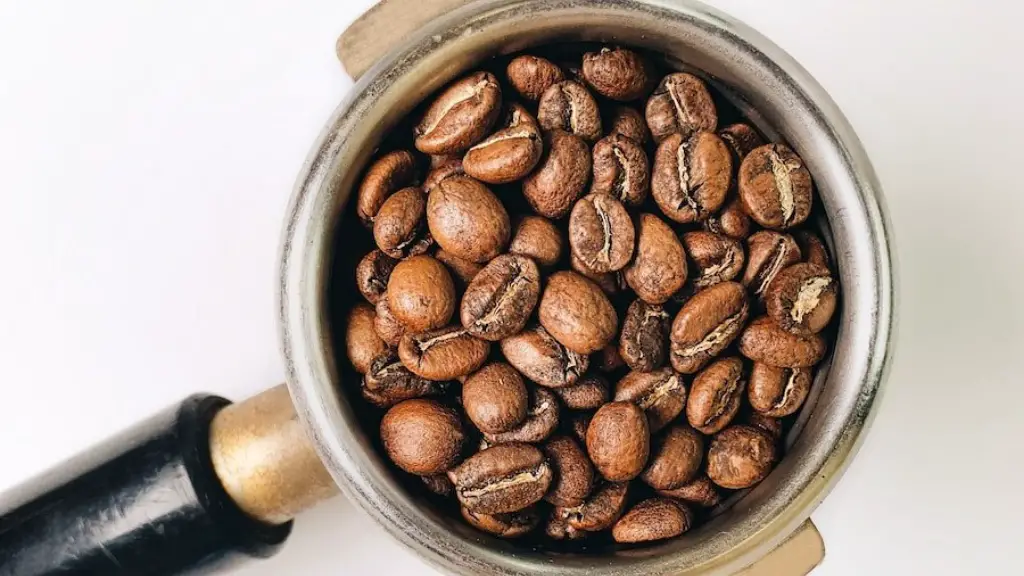If you’re a coffee aficionado, you know that freshly ground coffee beans make the best cup of coffee. But did you know that you don’t need a fancy coffee grinder to get the job done? With a little elbow grease, you can easily grind coffee beans at home using common kitchen tools. Here’s how:
There are a few different ways that you can grind coffee beans at home, depending on what kind of equipment you have. If you have a coffee grinder, you can simply place the beans in the grinder and choose the grind setting that you prefer. If you do not have a coffee grinder, you can place the beans in a food processor or blender and pulse until they are the desired grind. Another option is to put the beans in a Zip-lock bag and use a rolling pin to roll over the beans until they are the right grind. Whichever method you choose, make sure to clean out your equipment afterwards to avoid coffee residue buildup.
Can I grind coffee beans without a grinder?
You can grind coffee beans without a grinder using a blender or food processor if you don’t want to grind them by hand. To grind beans by hand, use a hammer, mortar and pestle, hand mincer, or rolling pin. With each of these methods, you can make the grind as fine or coarse as you want.
If you want to grind your own coffee beans, the first step is to toss a small amount into a blender and pulse on medium speed to break them down. Using a blender generally creates a coarser grind, which is great for brewing with a drip coffee maker, French press, or cold-brew coffee maker.
Is it better to manually grind coffee beans
Manual coffee grinders are often seen as producing better tasting coffee than automatic grinders, because manual grinders don’t heat up coffee beans during grinding. Most automatic grinders grind at high speeds, and the friction from the blades can slightly increase the coffee’s temperature for a short time. This can sometimes cause the coffee to lose some of its flavor.
It is important to leave a tiny bit of room at the top of the bowl when grinding coffee beans. Once the beans are ground, they could easily expand and fill the entire bowl. This would make it difficult to get a consistent grind and could result in wasted coffee.
What can I substitute for a coffee grinder?
There are 5 different grinding procedures for grinding coffee beans: mortar and pestle, standard blender, rolling pin, hammer, and knife.
Mortar and pestle is the traditional method for grinding spices, medicines, and herbs into fine powder.
Standard blender is a great coffee grinder alternative.
Rolling pin, hammer, and knife can also be used to grind coffee beans into fine powder.
If you want to brew coffee without grinding the beans, it is technically possible. However, because the surface area of a whole bean is much smaller than grounds of the same size, the brewing process will take much longer.
Is it better to grind coffee beans in a blender or food processor?
If you’re a big coffee lover, you might want to invest in a grinder. However, Allrecipes explains that pulsing your coffee in the food processor might work better than the blender because the beans have extra space to move around, resulting in a more even grind.
There are several primary differences between grinders and blenders. Grinders typically grind solid food items into smaller particles, while blenders typically cut, mix, or mash food items. Grinders and blenders are both powered by electricity, but some models of grinder may also be powered by batteries. Grinders typically have sharp, blades that rotate at high speeds to grind food items, while blenders typically have stainless steel blades that rotate at lower speeds to mash or cut food items. Some grinders may also come with a variety of attachments for different grinding or blending tasks, while most blenders only have a single blending attachment.
How long does it take to grind coffee beans
The perfect grind size for coffee beans depends on the brewing method you’re using. If you’re using a drip coffeemaker, you’ll want to use a medium grind size. For a French press, you’ll want to use a coarse grind size. And for an espresso machine, you’ll want to use a fine grind size. The important thing is to make sure all of the grounds are uniform in size. This will help extract the perfect amount of coffee from the beans and produce the best flavor.
The main reason people are encouraged to spray coffee beans prior to grinding is because this reduces the amount of static. Therefore, you have less coffee grounds sticking to the side of your portafilter/grinder, so you use all of the grounds whilst creating less mess.
What number should I grind my coffee beans?
When it comes to adjusting your grind size, it’s all about finding the balance that works for you. If your coffee is too sour, try using a finer grind next time. If it’s too bitter, go for a coarser grind. And, as always, experiment until you find the perfect ratio for you.
It’s always best to measure your coffee before grinding, rather than after. That way, you’ll have the exact amount you need and won’t either waste coffee (by grinding too much) or end up with not enough coffee (and needing to grind more).
How many beans do I grind for 8 cups of coffee
Brewing coffee is all about finding your perfect ratio of coffee to water. We always recommend starting with a lower amount of coffee and working your way up, depending on how strong you like your coffee. For this brew, we measured 7 Tablespoons or ~40 grams of light roasted, whole bean coffee. This is a good starting point for making 6 cups of coffee. If you like your coffee a little stronger, we recommend 10 Tablespoons or ~ 60 grams of coffee. For making 8 cups of coffee, we think 14 Tablespoons or ~80 grams of coffee is a good starting point.
This is a move that can be used when grinding. To do it, you go all the way down your body and then wave your arms or hips in a circular motion.
Should I wash my coffee beans?
It is important to thoroughly rinse and wash green coffee beans before roasting them. This not only cleans the beans, but also moisturizes them. This will help to ensure that the beans roast evenly and produce the best possible flavor.
A cheap grinder might save you money up front, but it will cost you in the long run. Without certain features, you won’t be able to produce quality grinds. This leads to coffee with uneven flavors. It’s worth it to invest in a good grinder from the beginning.
Does a cheap coffee grinder work
If you’re looking to get the most bang for your buck when it comes to grinding coffee beans, you’ll want to go with a manual grinder. Amazingly, these grinders can actually achieve espresso fineness better than electric grinders that are three or four times the price. It’ll take a bit more elbow grease to grind the coffee so fine, but it’ll be well worth it in the end.
When grinding coffee beans, it is best to err on the side of at least a couple dozen. The average human-sized cup of coffee takes about 70 coffee beans to make. Coffee ratios are usually determined by rate, rather than a per-bean basis.
Conclusion
To grind coffee beans at home, you will need a coffee grinder. You can either use an electric coffee grinder or a manual coffee grinder. If you use an electric coffee grinder, simply pour the coffee beans into the grinder and press the button to start grinding. If you use a manual coffee grinder, place the coffee beans into the grinder and twist the handle to start grinding. Grind the coffee beans until they are the desired consistency.
There are many ways to grind coffee beans at home, but the most popular methods are using a coffee grinder or blender. If you do not have either of these appliances, you can also use a food processor, mortar and pestle, or even a rolling pin. whichever method you choose, make sure to grind the beans evenly for the best tasting coffee.
